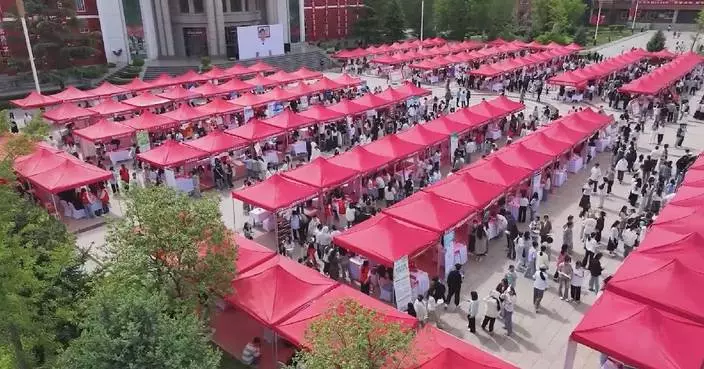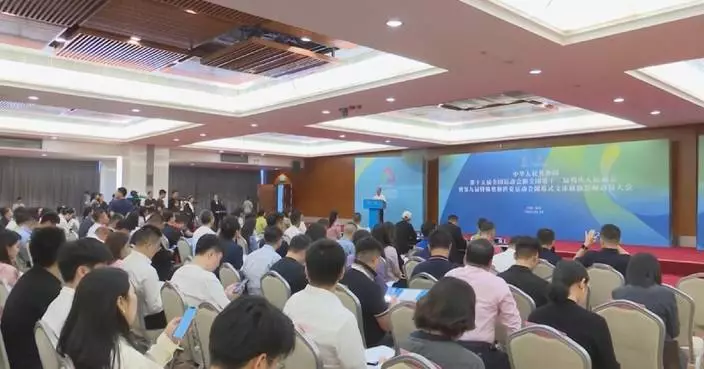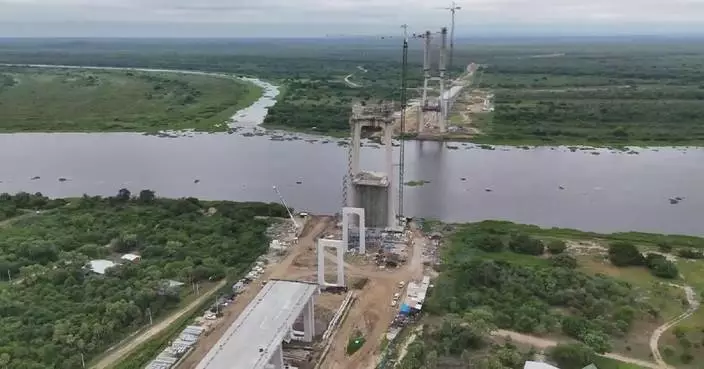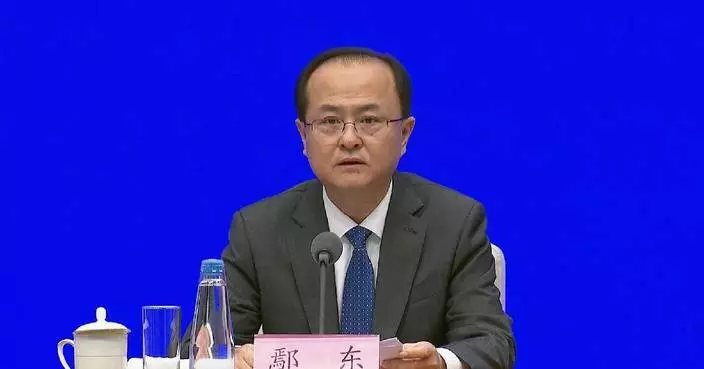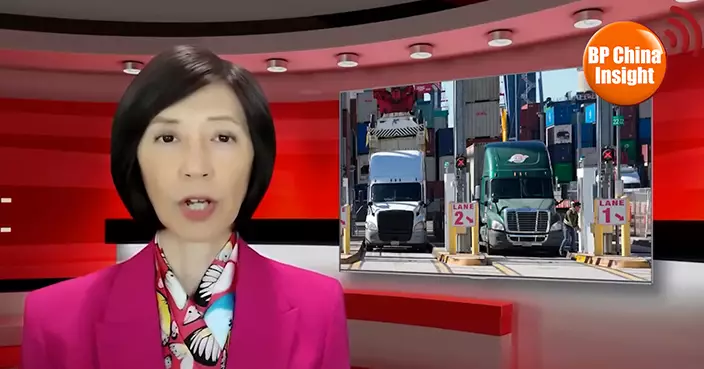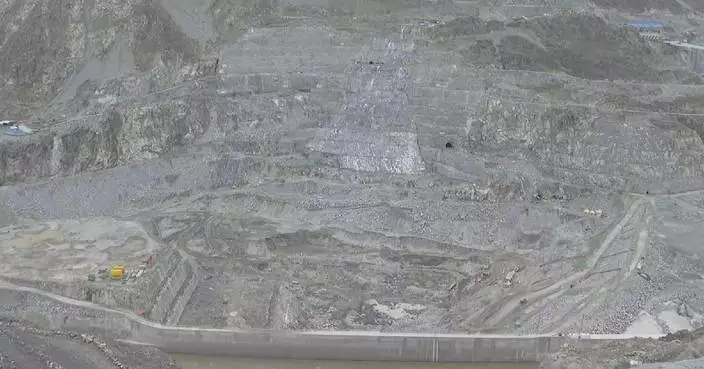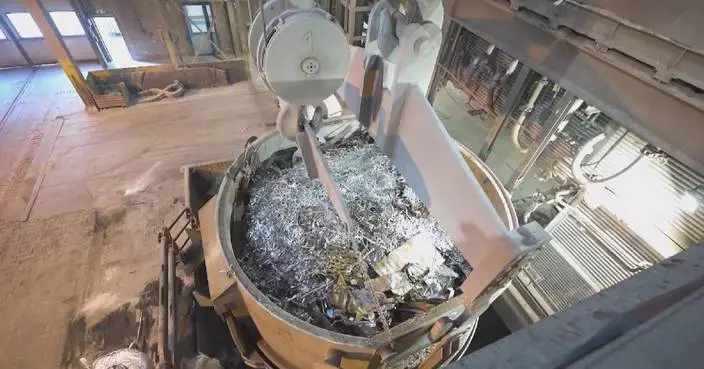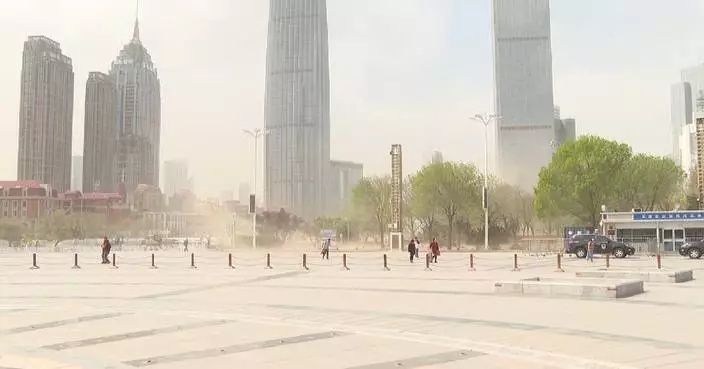Since the completion of its in-orbit construction, China's space station Tiangong has evolved into a national space laboratory and is currently the largest, long-term manned space research platform in the country's space exploration.
Below is a timeline highlighting the key milestones in the construction and operation of the space station:
April 2021: China launched the first section of the Tiangong space station - the Tianhe core module cabin.
May 2021: China launched the cargo spacecraft Tianzhou-2, the first cargo ship sent into space in the key-technology verification phase of the space station.
June 2021: China launched the Shenzhou-12 spacecraft, sending three astronauts into space, marking the first time Chinese people entered their own space station.
The Shenzhou-12 crew completed its first space station extravehicular activities during its three-month journey in orbit.
October 2021: China launched the Shenzhou-13 manned spaceship.
During its six-month journey in orbit, the Shenzhou-13 crew conducted two extravehicular activities.
December 2021: The first live space class from the space station was held.
February 2022: Shenzhou-13 crew members became the first Chinese to spend the country's most important festival -- the Spring Festival -- in outer space.
June 2022: China launched the Shenzhou-14 manned spaceship.
July 2022: China launched Wentian, the first lab module of the space station.
September 2022: China's space station lab module Wentian completed in-orbit transposition.
The third live class from the space station was conducted by the Shenzhou-14 crew, marking the first science lecture from the Wentian.
July 2022: China launched the space lab module Mengtian, taking the construction of the country's space station Tiangong into final stage.
November 2022: Mengtian completed in-orbit transposition, marking the formation of the space station's basic T-shape configuration, representing a key step toward the completion of China's space station.
November 2022: China launched the Shenzhou-15 manned spaceship.
November 2022: The crew of Shenzhou-14 and three astronauts from Shenzhou-15 met at the space station, a historic gathering that marked the beginning of China's long-term presence aboard the station.
December 2022: China completed the construction of its space station.
May 2023: China launched the Shenzhou-16 manned spaceship.
September 2023: The fourth live class from the space station was held, during which a spherical flame experiment was conducted for the first time.
During its mission, the Shenzhou-16 crew conducted the first-ever radiation biology exposure experiment outside the space station.
October 2023: China launched the Shenzhou-17 manned spaceship.
November 2023: China released the first high-definition images of the completed space station.
During its mission, the Shenzhou-17 crew carried out the first-ever in-orbit maintenance of extravehicular facilities.
April 2024: China launched the Shenzhou-18 manned spaceship.
During its mission, the Shenzhou-18 crew conducted China's first in-orbit aquatic ecological research project.
October 2024: China launched the Shenzhou-19 manned spaceship.
December 2024: The Shenzhou-19 crew completed their first extravehicular activities.

Memorabilia of China's Tiangong space station development




